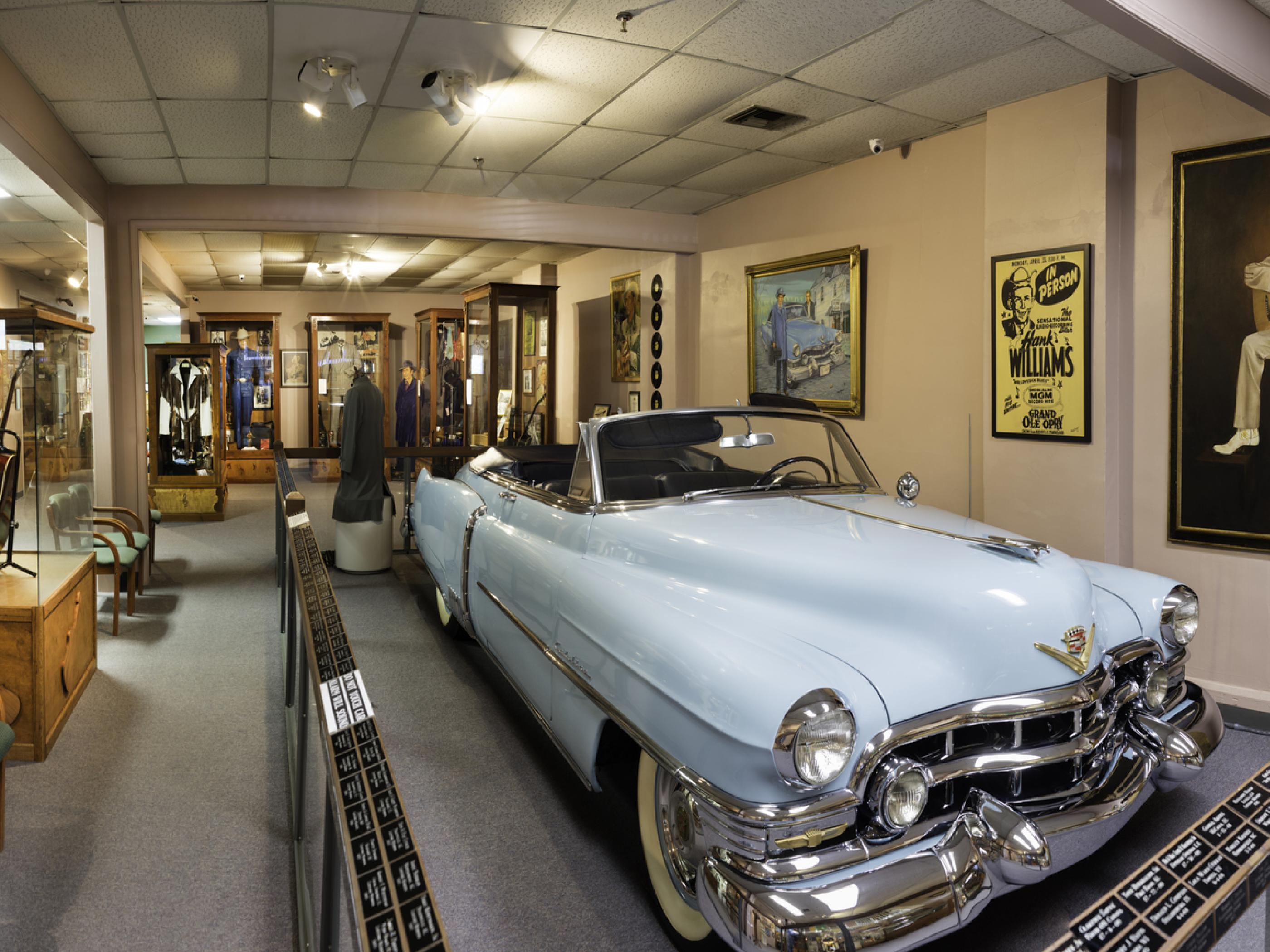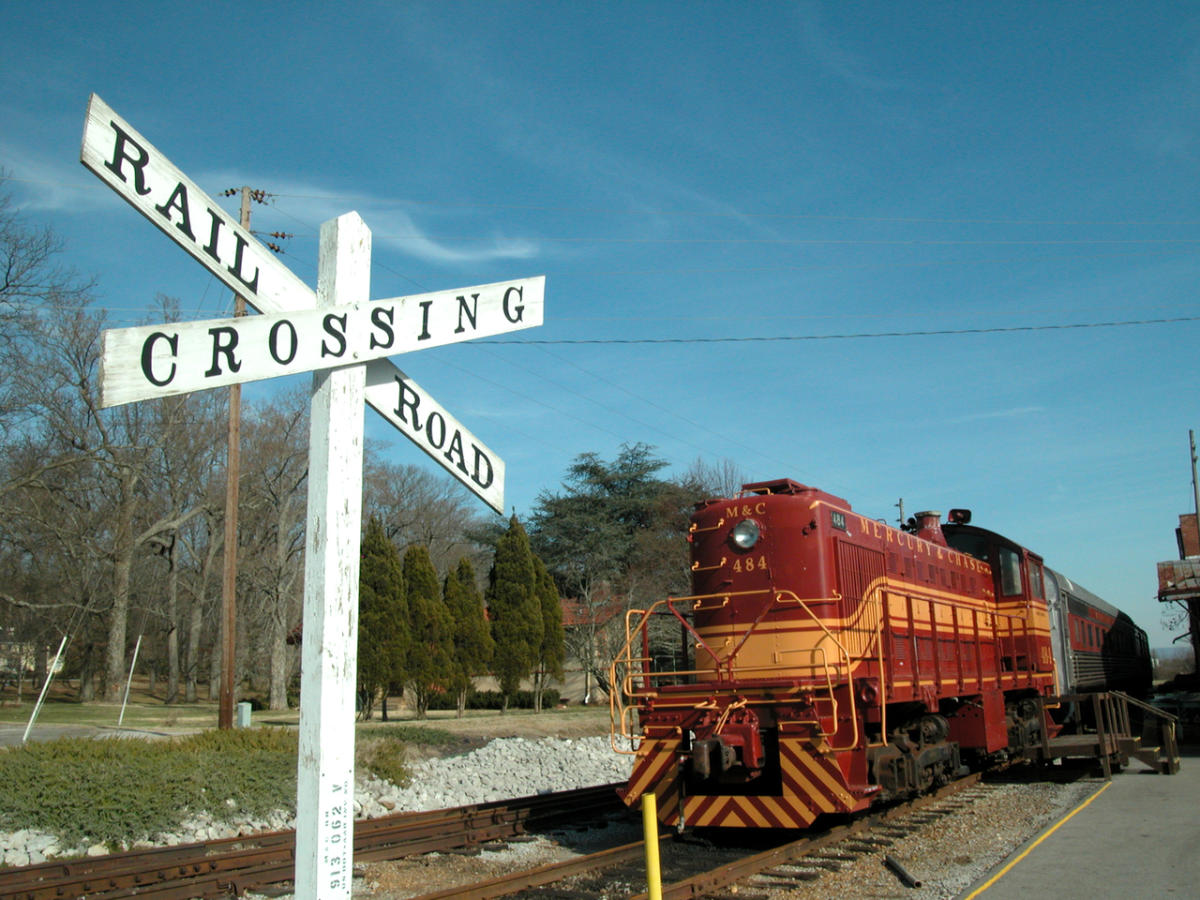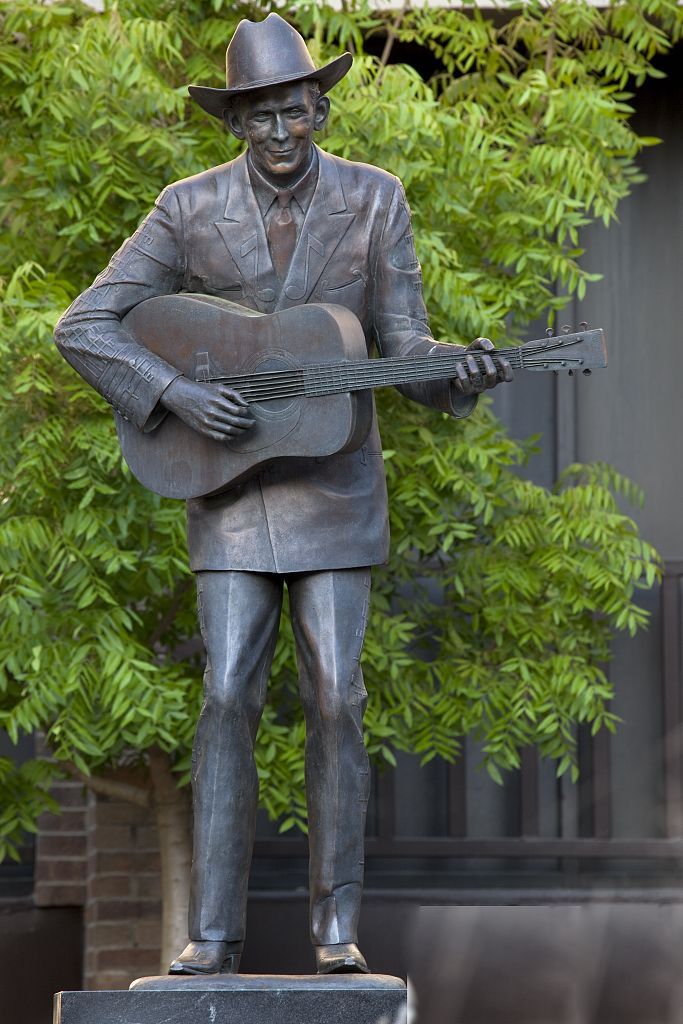The Mobile Medical Museum Is Full of Obsolete and Primitive Medical Artifacts
The Mobile Medical Museum was at the center of the state of Alabama’s early medical history, and because of this, it is the home to many of the state’s medical firsts.
The collection at this historic roadside museum contains more than 5,000 items, that include artifacts, documents, as well as books.
These documents span over 300 years of medical history, that go all the way back to the 1700’s,
This collection represents the largest collection of its kind in the entire Southeast, and include the obsolete as well as the primitive items used in the State’s early medical history.
There are also more common medical items for you and your family to view, however, even the most bizarre items helped to contribute in some way to the kind of healthcare we have today.
The History of the Mobile Medical Museum
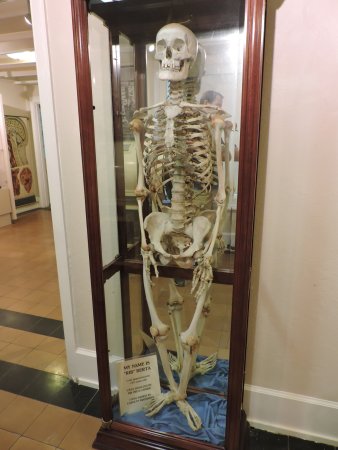 Real Skeleton at The Mobile Medical Museum
Real Skeleton at The Mobile Medical MuseumThe history of the Mobile Medical Museum all starts to where it is located in the city of Mobile, the Vincent-Doan-Walsh house.
Built in 1827, it is one of the oldest surviving private residents in this historic city, and this medical marvel is one of the few regional museums dedicated to the history of the practice of medicine.
The museum itself was founded in the year 1962, by Mobile physician Samuel Eichold II, with a small collection of medical artifacts.
These artifacts were donated to him by Patricia Heustis Paterson, the daughter of the south’s renowned Mobile physician James Heustis.
Dr. Heustis practiced medicine in the city from 1828 to 1891, and the collection his daughter donated contained numerous and very important medical items.
These items included over 100 artifacts, books, as well as documents from the 18th and 19th centuries.
As the years went by this collection grew even larger, which forced it to move locations several times.
In the year 1991, the museum was officially and formally organized as a professional institution.
Because of this, it formed a board of directors that were made up of medical professionals as well as academics.
The nonprofit Mobile Medical Museum moved into the historic Vincent-Doan-Walsh house on the campus of the University of South Alabama Children’s and Women’s Hospital, in 2004.
The Goals of the Mobile Medical Museum
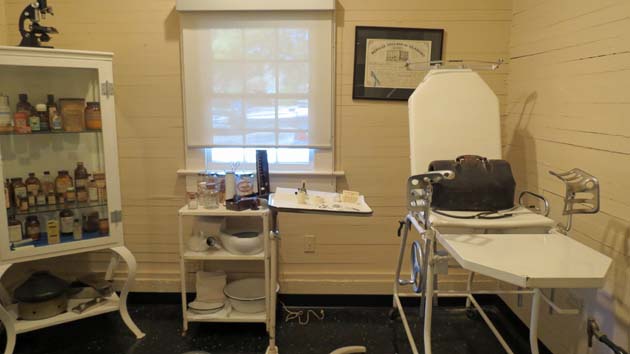 Examine Room at The Mobile Medical Museum
Examine Room at The Mobile Medical MuseumThe goals of the Mobile Medical Museum are very simple; to preserve and exhibit medical artifacts and archival resources.
It also strives to commemorate the city of Mobile’s prominent place in the history of medicine, as well as medical education in the State of Alabama and the Gulf Coast.
The exhibits and research materials that are located there, are intended to inform the public about the evolution of the art and the science behind the health care of this historic State.
To further achieve this goal, it partners with public as well as private educational institutions and organizations.
Some of these include the Gulf Coast Exploreum Science Center, as well as the Mobile Urban Growers.
They use this partnership to promote the role that healthcare has played in the intellectual, as well as the cultural development of the city.
Within the Mobile Medical Museum are the J.L. Bedsole Archives, as well as the Ben May Library, which contain more than 50 cubic feet of letters, doctor’s registers, rare books, and photographs.
This historic roadside museum has several permanent exhibits that focus of the history of medicine in Mobile, and they include the following.
The Exhibits at the Mobile Medical Museum
- Mobile: The Cradle of Organized Medicine in Alabama
- Medical College of Alabama
- Polio and the Iron Lung
- The Robert Thrower Medicinal Garden
Mobile: The Cradle of Organized Medicine in Alabama
The first of the permanent exhibits at the Mobile Medical Museum, is Mobile: The Cradle of Organized Medicine in Alabama.
Mobile has long been held as the leader in the development of organized medicine in Alabama, for several different reasons.
It was the home to the first of the state’s Board of Health, the first city-funded hospital, as well as the first state-supported medical college.
It has also been home to numerous influential physicians who have played a huge and very important role on medicine not only in the state, but in the south.
These physicians included Dr. Josiah Nott as well as Dr. Jerome Cochran, and the collection here include objects that help tell this important and fascinating history.
Medical College of Alabama
The next permanent exhibit at the Mobile Medical Museum, is the Medical College of Alabama.
This college was the first legislated and Orthodox Medical School in the state, and it was created in the year 1859.
It was created by a group of Mobile physicians lead by Dr. Josiah Nott, who spent several months in Europe securing specimens to fill the college’s medical museum and classrooms.
This exhibit included two larger-than-life Paper Mache anatomical teaching models that were made in Paris in 1859, and then were shipped to this amazing medical college.
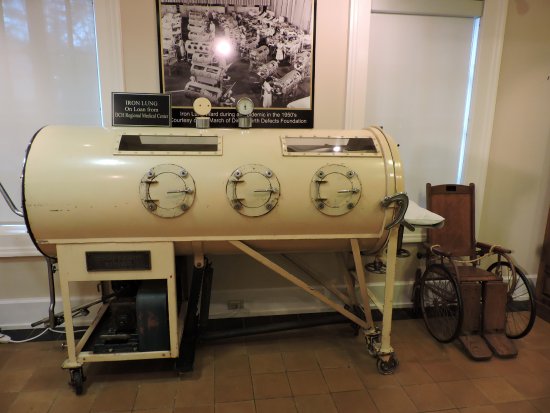 The Iron Lung
The Iron LungPolio and the Iron Lung
The Polio and the Iron Lung is the third of the major exhibits at the Mobile Medical Museum.
This exhibit focuses on the polio epidemic of the 1940’s and 1950’s, that installed fear in the hearts of most all Americans.
This horrible virus attacked overcrowded urban slums as well as affluent suburbs, and most all of its victims were children.
For most people this virus caused flu-like symptoms that would go away after a couple of weeks, however, for some, especially children, it would affect the spinal cord and brain stem.
If the virus affected the brainstem, it was called bulbar polio, and the patient’s main muscle for controlling breathing was paralyzed.
At this point patients would be confined to the “iron lung”, which used negative pressure to force the patient to breath.
The Robert Thrower Medicinal Garden
The final of the major exhibits at the Mobile Medical Museum, is the Robert Thrower Medicinal Garden.
This garden was founded in 2017, to educate the public about the multicultural traditions of herbal medicine, that have been used world-wide for centuries.
This beautiful garden features 50 plant species, both native and introduced, that represent 5 continents.
In October 2018, this garden was officially dedicated to Robert “Glenn” Thrower Jr., an ethnobotanist.
Mr. Thrower served as Tribal Historic Preservation Officer for the Poarch Band of Creek Indians.
He was also an advisor to the museum in the early stages of the project.
The garden also features two commissioned sculptures by Mobile artist April Livingston.
The first is the “Portrait of Bessie McGhee”, that honors the early 20th century midwife and traditional healer, of the Poarch Band of Creek Indians.
The second is “Mother Works”, a tribute to the vital health care services provided by midwives throughout Alabama’s long history.
Other collections at the Mobile Medial Museum include pre-Civil War anatomical models, Civil War era-medical instruments, as well as a variety of medical devices, X-ray equipment, and other such devices.
References
Mobile Medical Museum | Encyclopedia of Alabama

Alabama Gift Store
Numerous Items for You and Your Family to Enjoy
See it here at the Gift Store
Copyright 2019-2023 Alabamabackroads.com
All Rights Reserved
